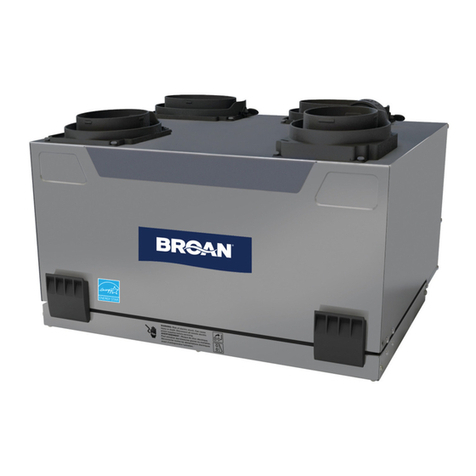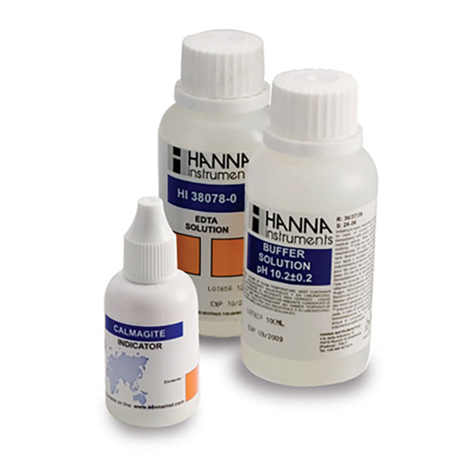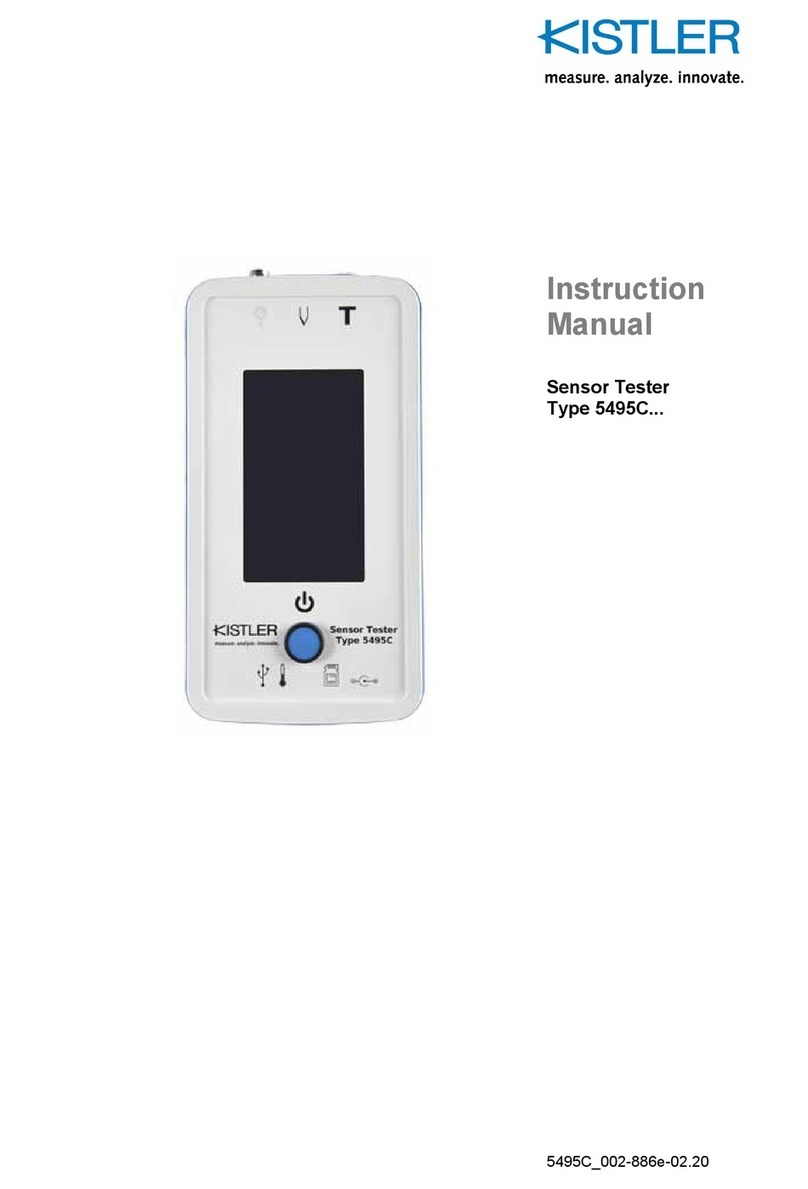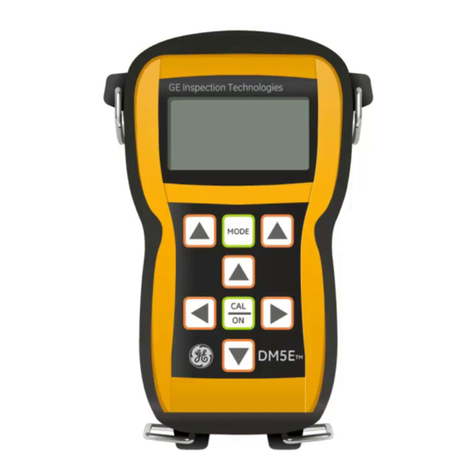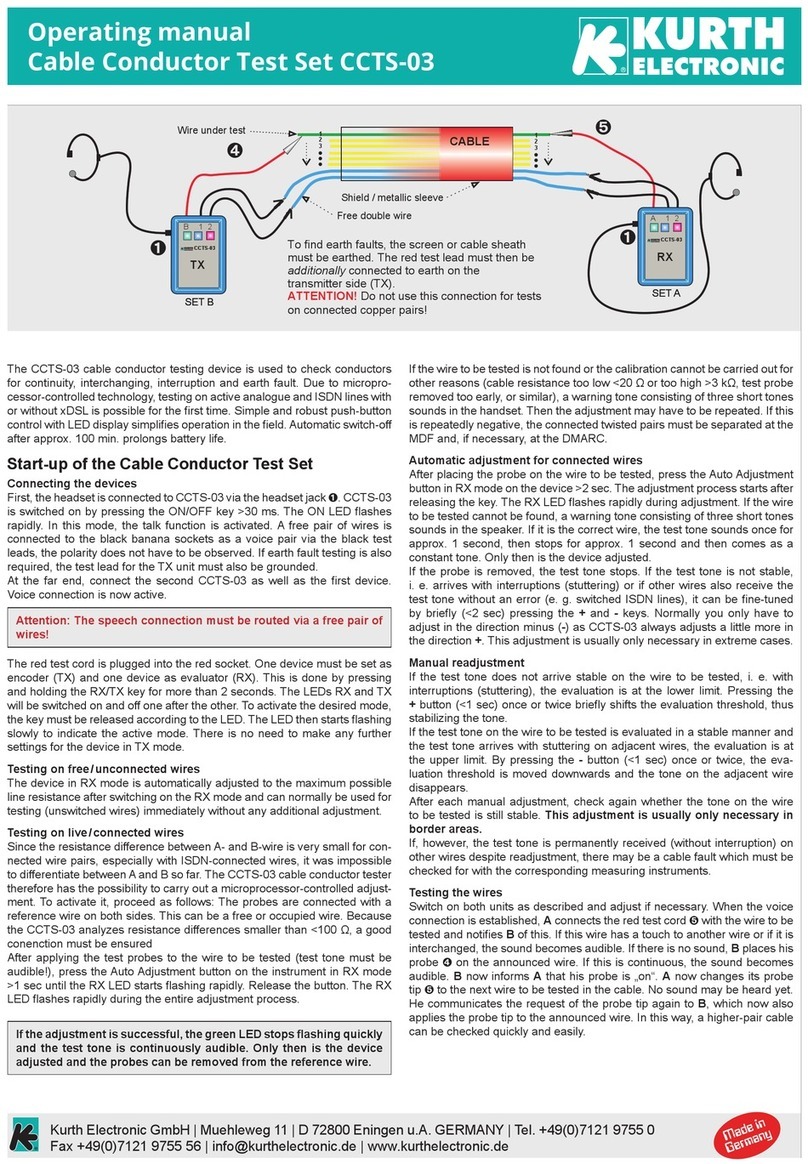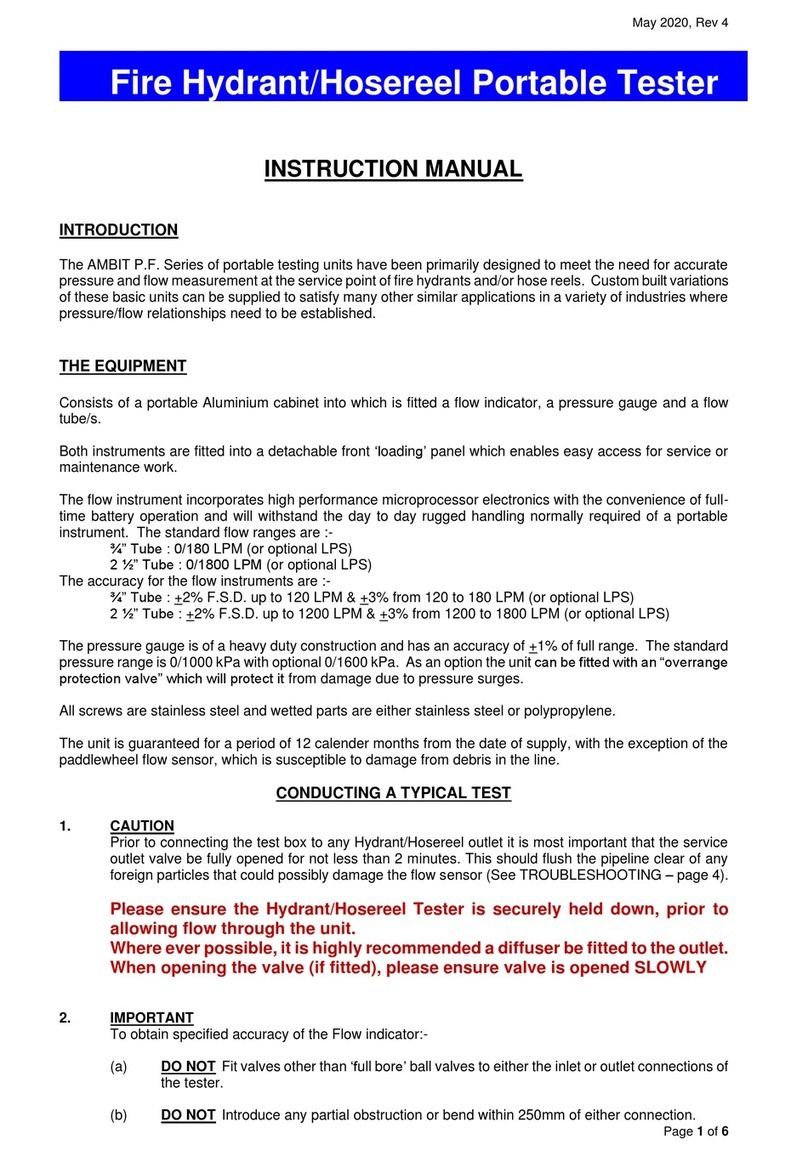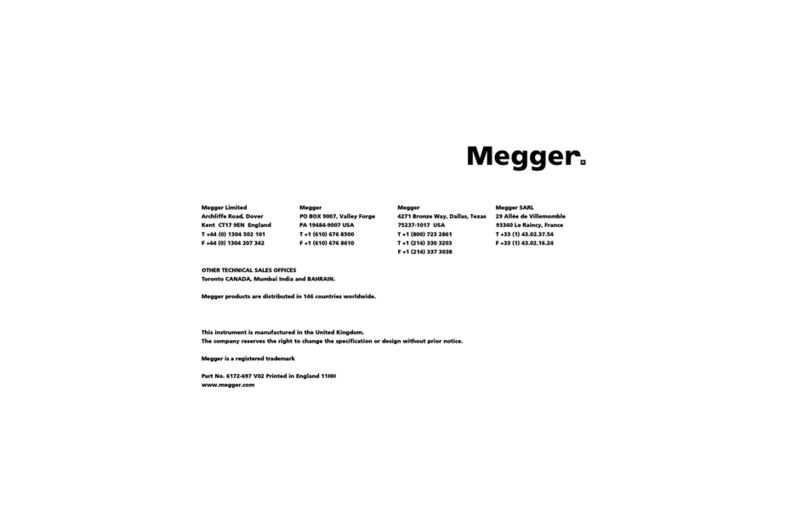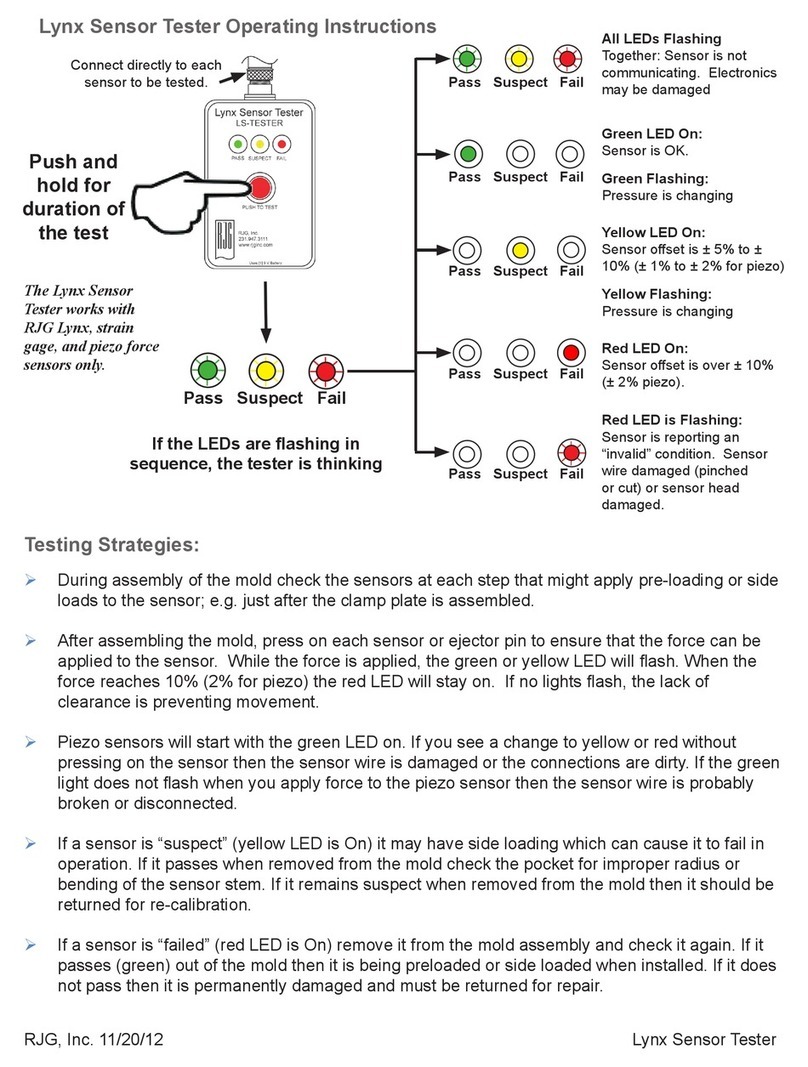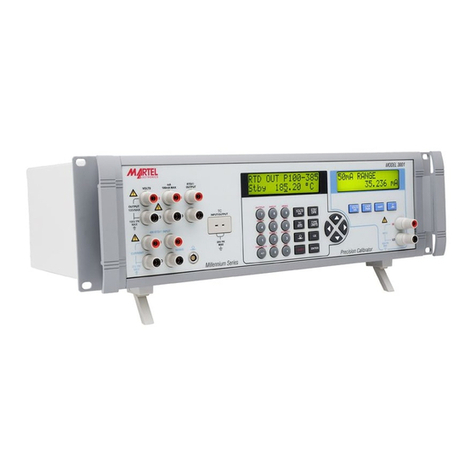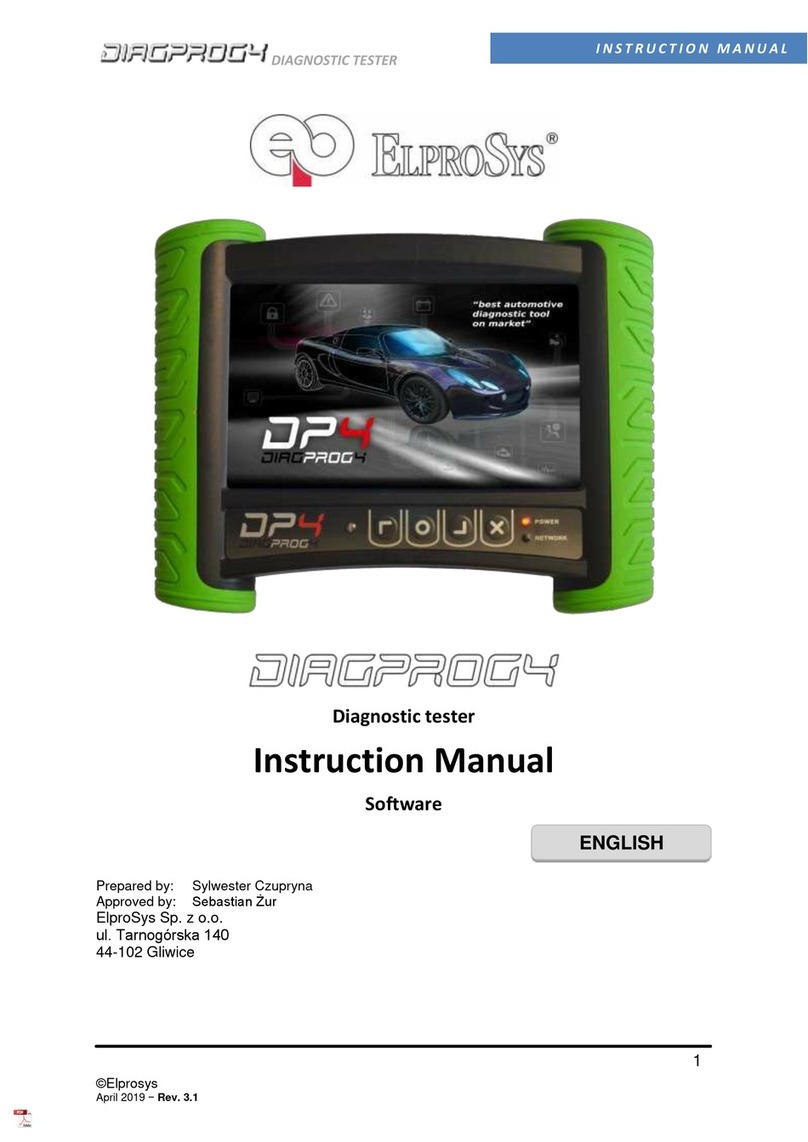
ES
DE
IT
EN
8
PL
RU
4.2 THE OPERATION PROCEDURE OF THE HARDNESS
TESTER
4.2.1 Connect the Power Cord (13) with the power source; turn
on the ship-shaped Switch (14), the nixie tube of the Touch
Panel (10) will light up.
4.2.2 According to hardness grade of specimen material,
select Scale from Table 2. Turn the Load-Change Hand Wheel
clockwise to select and conrm the total test force.
4.2.3 Push the Indenter (4) into the hole of main spindle closely
against the supporting plane and make the caved plane of the
indenter handle face to the screw. Fasten slightly the Fastening
Screw of Indenter (3), and then place the specimen on the
Testing Table (5).
4.2.4 Turn the Rotating Wheel (8) clockwise, lift the Up and
Down Lead Screw (6) to enable the specimen slowly touch the
indenter without any shock until the short pointer in Dial (2) of
the hardness tester move from black point to red point, at this
time, the long pointer turn 3 cycles then indicate to position “C”
(When test HRB hardness value, the long pointer will indicate
to position “B”), at this point, the initial test force 98.07N has
been loaded. The offset of long pointer could not exceed over
5 division values of hardness. If offset of long pointer exceed
over 5 division value, the Rotating Wheel should not be turned
in opposite direction, and testing position shall be changed for
another test again.)
4.2.6 Press the START key on the Touch Panel; the motor
begin to run to load the main test force automatically, the dwell
time of total test force is 5 seconds, and the screen will show
the back-counting of dwell time to 0, the motor run to unload
the main test force automatically, but keep the initial test force.
4.2.7 At this time, the data indicated by long pointer in Dial is
the hardness value of specimen tested.
4.2.8 For Rockwell hardness testing, the dwell time of test force
can be selected by pressing up and down keys on the Touch
Panel.
4.2.9 Turn the Rotating Wheel in opposite direction and lower
down the Testing Table. And then change the points to be
tested, repeat the operation described above.
4.2.10 The number of the points to be tested is not less than 5
(the rst point is not included) on each specimen. The number
of the points to be tested may be reduced a bit for the specimen
tested in a serial.
Note: During the loading and unloading of the test force,
it is prohibited to rotate the Load-Change Hand
Wheel. The force rotation would make the
components inside the instrument dislocated,
and cause the disorder to the test force.
4.3 THE REGULATION OF DISPLAYED HARDNESS VALUE
(Fig.5)
The precision of the displayed hardness value of the hardness
tester is just calibrated before the instrument is turned out of
the factory. If an error is caused due to the transportation, the
operator may regulate it based on the understanding of the
instrument structure and principle. The method is as follows:
Remove the Upper Cover. If the displayed hardness value is
in inferior to the hardness value of standard hardness block,
withstand a screwdriver into the groove of the M4 Screw
Rod (23) and unscrew the nut a little. Rotate the Screw
(24) clockwise to forward a bit (about rotate it half cycle, the
hardness value is 1 degree higher), then calibrate the zero
position (C position) for dial indicator, withstand the Screw Rod
and fasten the nut. Do the test and display hardness value until
the diaplayed hardness value stands in the tolerance
range (Table1). If the displayed value is higher than the
hardness value of the standard hardness block, rotate the
Screw in the opposite direction. (There are screwdriver and
spanner in the accessories kit.)
22. Connecting Rod
23. Screw Rod
24. Screw
25. Protecting Gasket
Fig. 5

